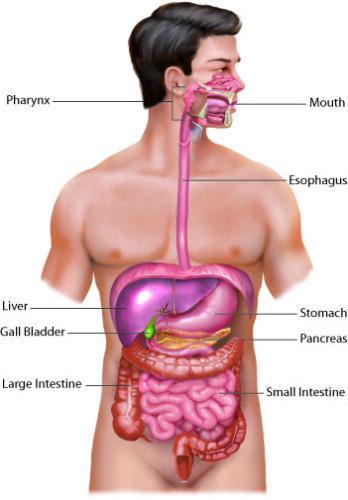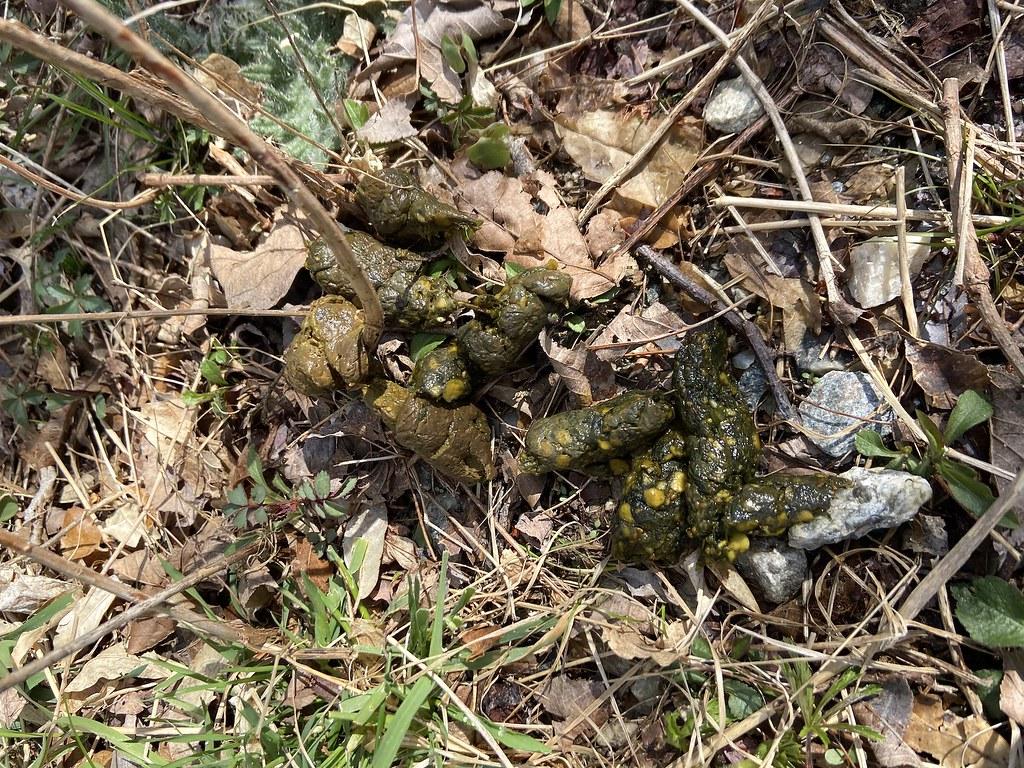Understanding Green Diarrhea: Causes, Symptoms, and Treatments
Diarrhea is a common digestive issue that can manifest in various forms, including green diarrhea. While the color of your stool can change for various reasons, green diarrhea often raises concern. In this article, we will explore the causes, symptoms, potential treatments, and practical tips related to this condition. Our aim is to provide you with valuable information to understand green diarrhea better.
What is Green Diarrhea?
Green diarrhea is characterized by a greenish tint to the stool. This can occur due to several factors ranging from dietary choices to underlying health conditions. Generally, diarrhea is classified as loose, watery stools occurring more than three times a day. When the color shifts to green, it can indicate an underlying issue that requires attention.
Causes of Green Diarrhea
Understanding the potential causes of green diarrhea can help you identify the root of the problem. Here are some common reasons:
- Dietary Choices: Consuming large amounts of green foods, such as spinach, kale, or foods containing green food coloring, can lead to green stools.
- Medications: Certain medications, especially antibiotics, can alter gut bacteria and impact stool color.
- Digestive Conditions: Conditions like irritable bowel syndrome (IBS), celiac disease, or Crohn’s disease can lead to green diarrhea due to rapid transit time in the intestines.
- Infections: Bacterial or viral infections can cause diarrhea, and the presence of bile in the stool can give it a green color.
Symptoms of Green Diarrhea
The symptoms accompanying green diarrhea can vary based on the underlying cause. Here are some common symptoms:
- Loose, watery stools
- Abdominal cramps or pain
- Nausea or vomiting
- Fever
- Dehydration signs (dry mouth, decreased urination)
When to Seek Medical Attention
While green diarrhea is often not a cause for alarm, there are instances where it requires medical attention. Consult a healthcare provider if you experience:
- Symptoms persisting for more than two days
- Severe abdominal pain
- Signs of dehydration
- Presence of blood or mucus in the stool
- High fever over 101°F (38.3°C)
Diagnosis of Green Diarrhea
To diagnose the cause of green diarrhea, healthcare professionals may conduct several tests, including:
- Stool analysis to detect infections or parasites
- Blood tests to check for anemia or infection
- Endoscopy in severe cases to examine the intestines
Treatment Options for Green Diarrhea
The treatment for green diarrhea primarily depends on its underlying cause. Here are some common treatment methods:
- Hydration: Ensuring adequate fluid intake is crucial, especially if diarrhea is accompanied by vomiting.
- Dietary Changes: Avoiding trigger foods and incorporating bland foods can help restore normal bowel function.
- Medications: Over-the-counter medications like loperamide may help, but consult a doctor before use.
- Treatment of Underlying Conditions: If the cause is a specific health condition, treating that condition is vital for resolution.
Benefits and Practical Tips for Managing Green Diarrhea
Here are some practical tips to manage and reduce the occurrence of green diarrhea:
- Maintain a food diary to identify potential triggers.
- Stay hydrated with water and electrolyte solutions.
- Incorporate probiotics into your diet to balance gut bacteria.
- Gradually reintroduce foods after episodes of diarrhea.
Case Studies: Real-life Experiences
Many individuals have experienced green diarrhea due to various reasons. Here are two brief case studies:
| Case Study | Symptoms | Treatment |
|---|---|---|
| John, 35 | Green stools, nausea, abdominal cramps | Hydration, dietary adjustments, and probiotics |
| Mary, 28 | Persistent diarrhea, fatigue | Medical consultation, stool analysis, antibiotics |
First-hand Experience: Overcoming Green Diarrhea
Many individuals find comfort in sharing their experiences with green diarrhea. One such account involves a woman named Sarah who noticed green diarrhea after a sudden change in diet to include more green smoothies. After tracking her symptoms and discussing them with her doctor, she learned that her body needed time to adjust to the increased fiber and chlorophyll intake. By gradually incorporating these foods and maintaining hydration, Sarah effectively managed her symptoms.
Conclusion
Green diarrhea can be concerning, but understanding its causes, symptoms, and treatment options can empower you to take action. By recognizing when to seek medical attention and implementing practical tips, you can manage green diarrhea effectively. Always prioritize hydration and consider dietary changes when necessary. If symptoms persist or worsen, consulting a healthcare professional is crucial for your health and well-being.

Can certain foods lead to green diarrhea?
Yes, certain foods can indeed lead to green diarrhea, a phenomenon that may surprise many. The color of our stool can be influenced by a variety of factors, including the foods we consume, the speed of digestion, and even the presence of certain medical conditions. Understanding how diet plays a role in stool color can help individuals make informed dietary choices.
Foods That Can Cause Green Stool
One of the most common culprits of green diarrhea is the consumption of green foods. Leafy greens such as spinach, kale, and broccoli are rich in chlorophyll, the pigment that gives them their vibrant color. When consumed in large quantities, these foods can sometimes pass through the digestive system quickly, resulting in green stool.
Other foods that can contribute to this phenomenon include:
- Green food coloring: Often found in candies, drinks, and processed foods, artificial coloring can lead to noticeable changes in stool color.
- Certain fruits: Foods like kiwi and green apples can also have a similar effect, especially when eaten in excess.
- High-fiber foods: A sudden increase in fiber intake can speed up digestion, resulting in green stool. This is particularly true for whole grains and legumes.
The Role of Bile in Stool Color
To understand why certain foods lead to green diarrhea, it’s essential to consider the role of bile. Bile is a digestive fluid produced by the liver, stored in the gallbladder, and released into the small intestine to aid in the digestion of fats. Bile starts off as a yellow-green substance and, as it travels through the intestines, it gradually breaks down and changes color to brown due to the processing of bilirubin.
If food moves too quickly through the gastrointestinal tract, bile may not have enough time to break down completely, leading to green stool. This can happen due to various reasons, such as:
- Gastrointestinal infections: Bacterial infections like Salmonella or Giardia can increase the speed of digestion, resulting in green diarrhea.
- Irritable Bowel Syndrome (IBS): Individuals with IBS may experience rapid transit times, leading to changes in stool color.
- Laxative use: Overuse of laxatives can also speed up digestion, causing green stool.
When to Seek Medical Attention
While green diarrhea caused by dietary choices or temporary digestive upset is usually not a cause for concern, there are instances when it may indicate a more serious health issue. If green diarrhea persists for more than a couple of days or is accompanied by other symptoms such as severe abdominal pain, dehydration, or fever, it’s essential to consult a healthcare professional. Conditions like inflammatory bowel disease (IBD) or infections may require medical intervention.
Maintaining Digestive Health
To maintain healthy digestion and prevent issues such as green diarrhea, consider the following tips:
- Balanced diet: Incorporate a variety of foods, including fruits, vegetables, whole grains, and lean proteins, to ensure a well-rounded nutrient intake.
- Stay hydrated: Drinking plenty of water throughout the day aids digestion and helps maintain healthy bowel movements.
- Monitor fiber intake: Gradually increase fiber consumption to allow your digestive system to adjust. This can prevent rapid transit times that lead to green stool.
- Regular check-ups: Regular visits to your healthcare provider can help monitor digestive health and identify potential issues early on.
Understanding the relationship between diet and stool color can empower individuals to make informed choices about their food intake and overall health.
